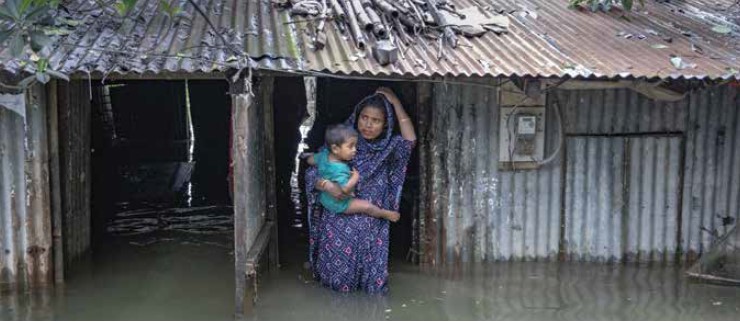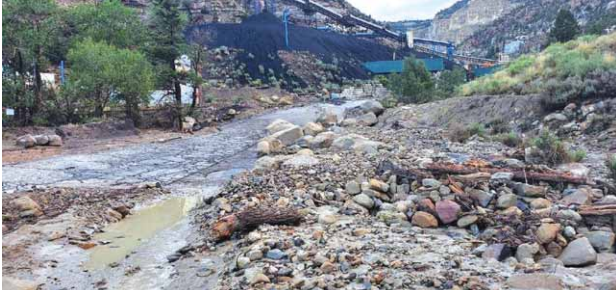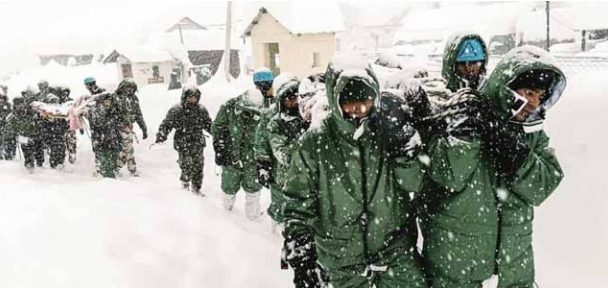Bangladesh has been reeling under the impact of severe flash floods after days of relentless monsoon rains battered the nation’s north and southeastern regions between August 21 and 25. The prolonged downpour has triggered catastrophic flooding, affecting over 5.2 million people and forcing hundreds of thousands to seek refuge in shelters. The magnitude of the disaster has overwhelmed rural areas, crippling infrastructure and leaving communities in despair as they struggle to recover from the worst of nature’s fury.
As of the latest reports, at least 18 people have tragically lost their lives to the rising floodwaters, with rescue operations continuing across the hardest-hit districts. Around 307,000 people are currently residing in temporary shelters, having fled their submerged homes. In total, 311,419 hectares of land—ranging from vital agricultural fields to fishponds supporting local aquaculture—now lies underwater. The floods have also destroyed rural roads, cutting off access to crucial supplies and hindering communication in many parts of the country. Power outages have exacerbated the crisis, leaving nearly 928,000 people without electricity, and over 7,000 schools have had to close, disrupting the lives of millions of students.
Despite the widespread devastation, glimmers of hope have begun to emerge. Bangladesh’s Disaster Management Minister has confirmed that floodwaters are beginning to recede, offering some respite to those affected. However, the road to recovery remains long, and immediate relief efforts are underway as rescue teams—bolstered by the military and navy—continue to bring aid to displaced families. Emergency responders are delivering essential supplies, including food, water, and medical aid, to those cut off from assistance.
Communication and coordination efforts have faced significant setbacks due to limited connectivity and ongoing power outages, but the resilience of the affected communities and the dedication of relief teams remain unwavering. While the flood situation shows signs of improvement, the impact of this disaster will be felt long after the waters have fully receded. With crops destroyed, livelihoods lost, and critical infrastructure damaged, the people of Bangladesh face an enormous challenge in rebuilding their lives.
This catastrophe once again highlights the vulnerability of low-lying regions to climate-related disasters and the urgent need for sustainable flood management solutions. The international community has been closely monitoring the situation, with tools like the UNOSAT Flood Monitoring Dashboard providing real-time insights into the unfolding crisis.
As Bangladesh continues its battle against nature’s wrath, the nation’s resilience and the ongoing relief efforts stand as a testament to the strength and solidarity of its people.
Source:
Disasterscharter.org






